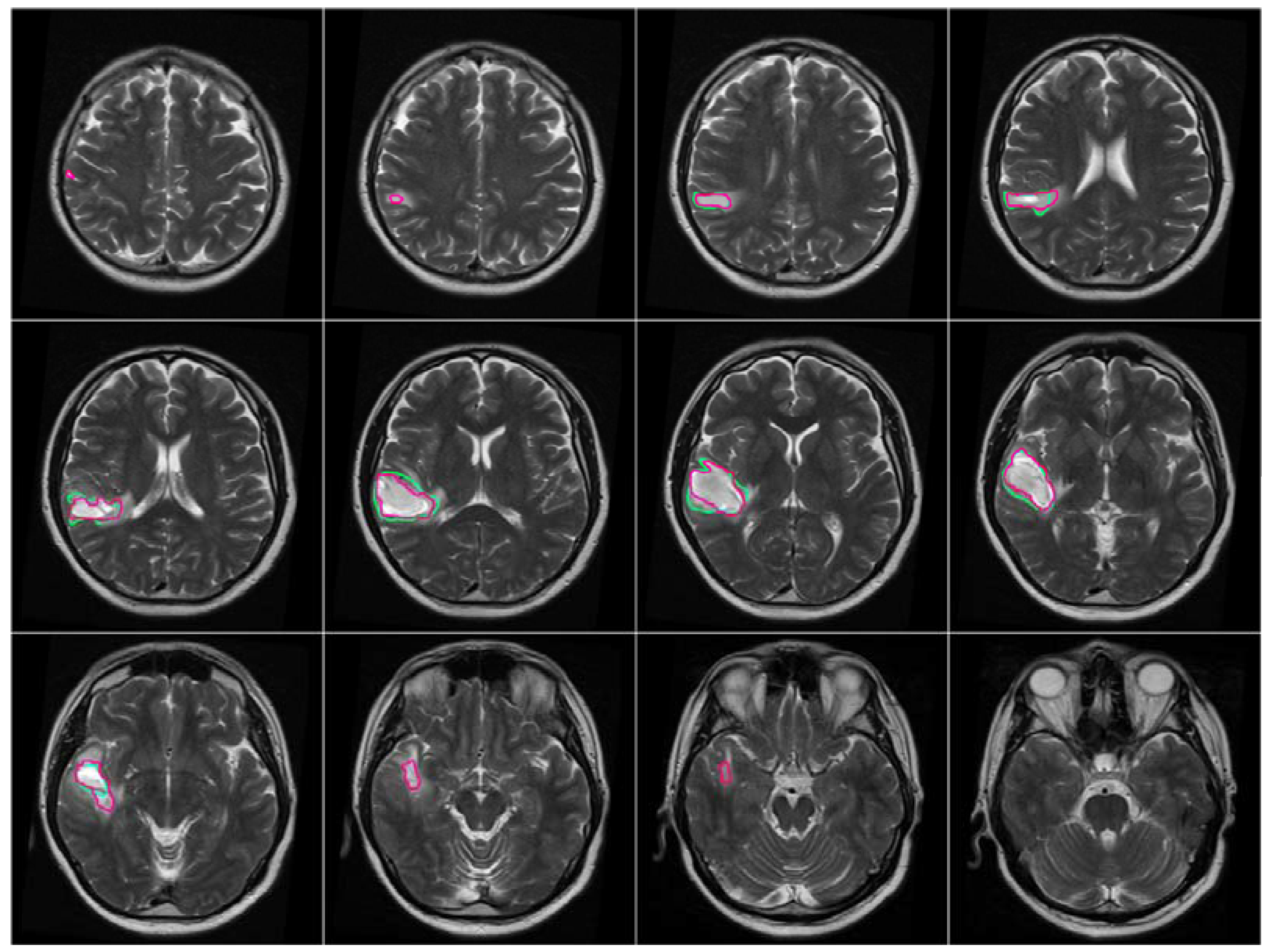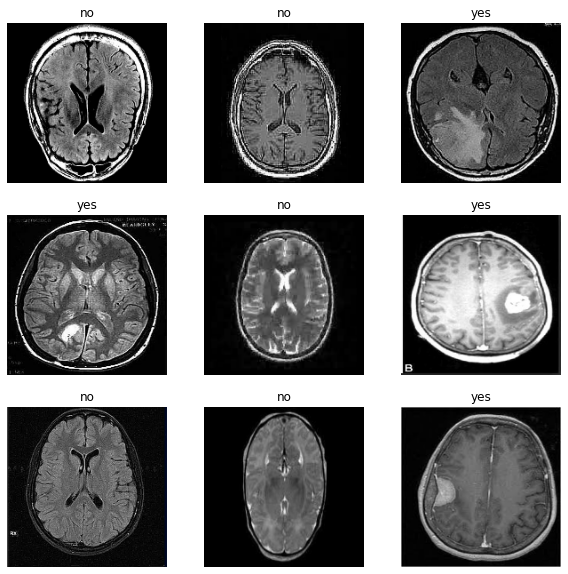
Vision - Brain Tumor Classifier & Live Prediction in Browser.
For this project, I built a Binary-Classifier to identify normal MRI brain scans vs with tumor MRI brain scans. This project aim was to achieve above 90% top-1 accuracy. I was able to get the model to predict the class of the scans with 97% accuracy with out using transfer learning.
To get these results I build a non-complex Convolutional Neural Network (CNN) model. This created time efficiencies and solid results. Further experiments are needed to improve the accuracy and overfitting like regularization, transfer-learning or getting more data.
More Details
I started this project with binary classification problem by making a model that was able to classify normal vs tumor brains. This experiment was done on a simple CNN models, having no more then 3 Conv2D (32, 32, 64 filters respectively) hidden layers, MaxPooling layer, dense layer, and dropout layer. These models were able to achieve above 95% accuracy. But from the loss and accuracy curve between train data and validation data, it was clear that model was overfitting because the distance between the train and val graph lines were large. Due to less limited time I stoped the project there and didn't regularize or fine-tuned the model. Other Details are in the following sections.
Predictions & live Prediction in Browser
For prediction I used the 'pred' images which were unseen for the model. These images were also preprocessed to match there dimension, shape and scale. Out of 9 model predicted all correct with high probability scores.

To view the source code, dataset, model, evaluation metrics (Accuracy), please visit my Github page.
Predictions in Browser.
Model was download in Keras .h5 format and then was converted for tensorflow java script. Upload any MRI brain scan image and test the prediction. The predictions are not always right.

